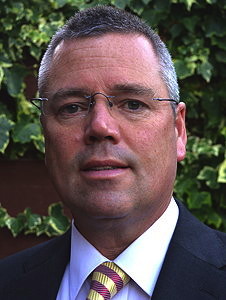Plan aims to boost output and cut energy bills

ABB in the UK has announced a scheme that offers step-by-step help to enhance the performance of motor-driven applications using variable-speed drives (VSDs) and high-efficiency motors. The ten-stage Energy Efficiency and Productivity Improvement Plan takes into account the often-overlooked productivity benefits that VSDs can bring.
“When drives were initially introduced, some 40 years ago, the focus was on regulating motor speeds to improve production output,” explains Dave Hawley, general manager of ABB’s motors and generators business in the UK. “It is only in later years that the focus on energy efficiency began to dominate. It is time to redress the balance and once again highlight the important features that VSDs offer to improve productivity.”
The plan starts with an appraisal that outlines the scope of supply, focusing on processes and applications where significant energy savings could be made. These will usually be variable-torque applications that obey the cube law, run continuously and where flow is controlled by mechanical devices such as valves or dampers.
The productivity part of the appraisal looks at both variable- and constant-torque loads, their control methods and where improvements such as reduced maintenance, increased availability or product quality, could be made.
The next step is to identify applications that may be running inefficiently. An ABB engineer will examine not only fixed-speed motors, but also any drives currently in use, to check whether the applications are running at maximum efficiency and productivity. The applications may be monitored to determine which are consuming the most energy or operating inefficiently. This stage may be performed over a seven-day period to gain a complete picture of the plant’s typical energy use and productivity profile.
The findings are then analysed using dedicated software to identify potential savings. The findings are presented, with tables and graphs, to help identify where savings are possible. The data includes present energy usage, areas of potential savings, payback times for investments in VSDs and/or motors, and reductions in carbon dioxide emissions.

The recommendations consist of an action plan that highlights applications that could benefit the most from using VSDs. The figures are translated into monthly savings, and there are detailed recommendations for fitting particular drives or motors. The report shows expected payback times.
The recommendations from the appraisal are used to identify the best drive and motor for an application. ABB can help to install, start-up or commission the drive and motor.
After the equipment has been fitted, it is analysed to check whether the energy savings achieved match the predictions shown in the report. This can also help users to justify the investment.





